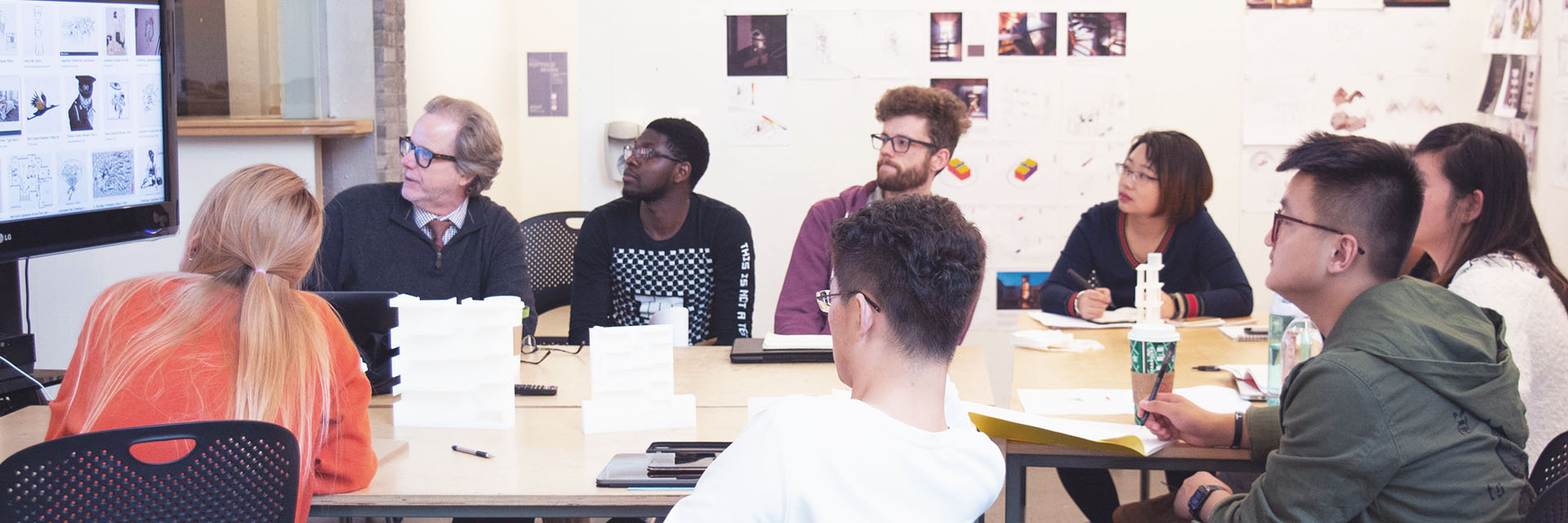
Studio Culture
An enormous amount of learning takes place in studio among faculty and students.
To facilitate collegial exchange and interaction, every studio member should be accessible and participate actively in the studio community.
All studio participants are expected to respect the property of their peers.
The studio is intended to approximate the tradition of the architect’s atelier.
Which is to say, a special place where the architect works, immersed in the design experience, surrounded by drawing, models, computers, books and other paraphernalia of the discipline and profession. This particular atmosphere should be encouraged and nourished; it is vital for each student to contribute to and maintain this creative working environment.
Every member of the studio is expected to use it daily.